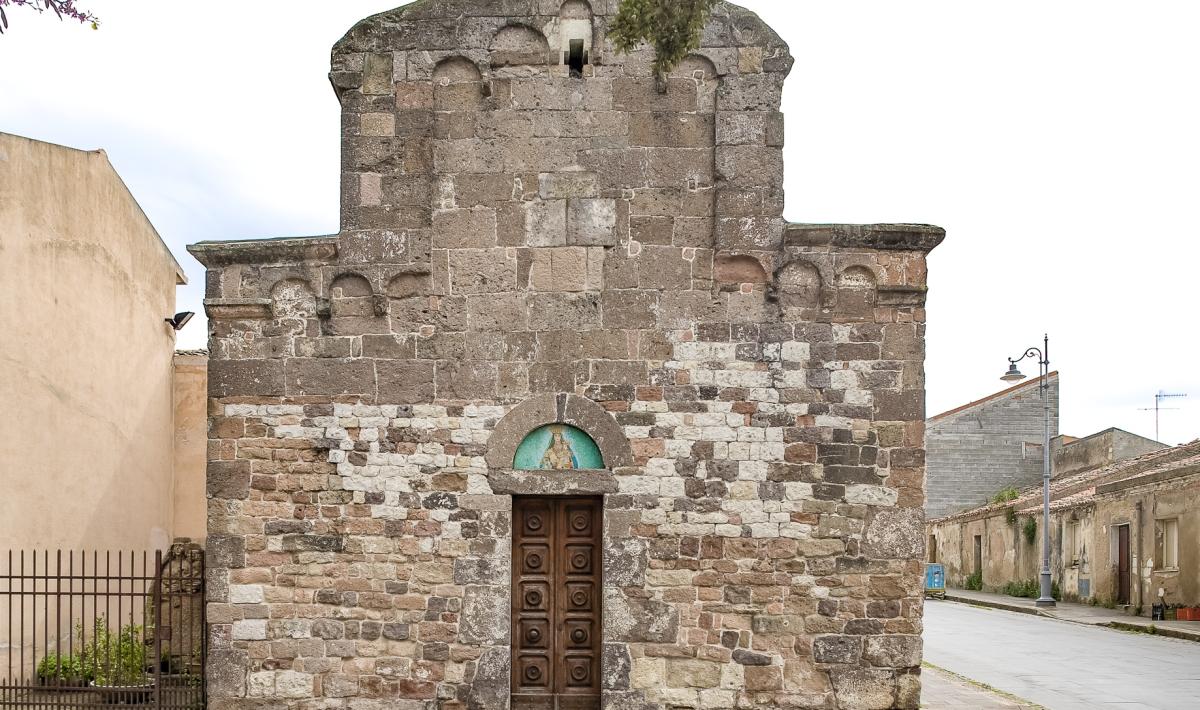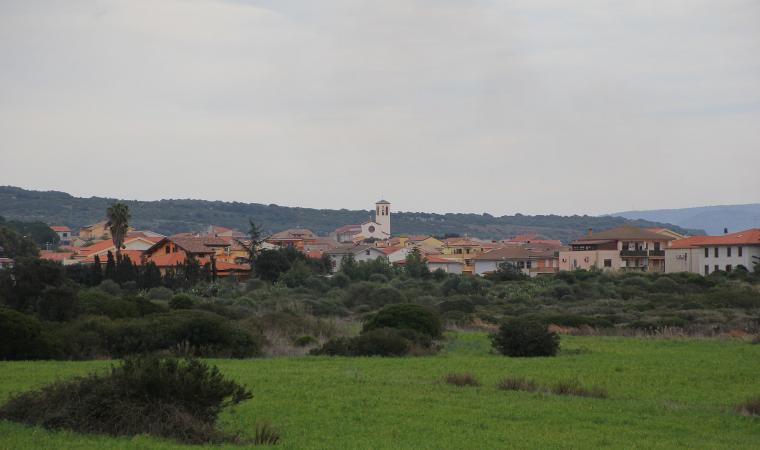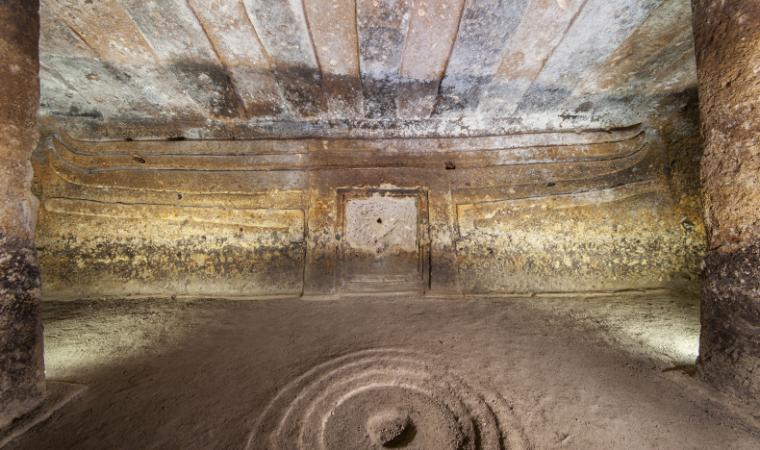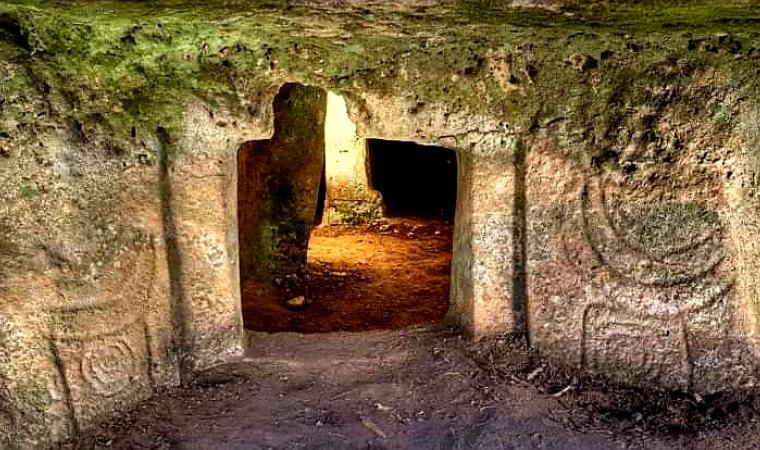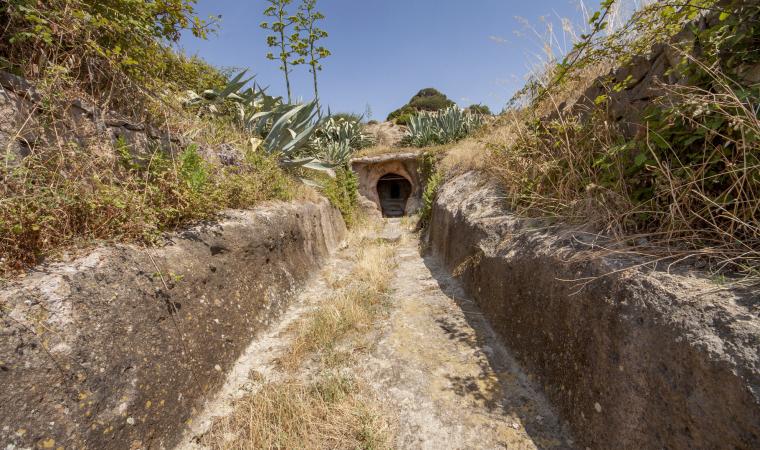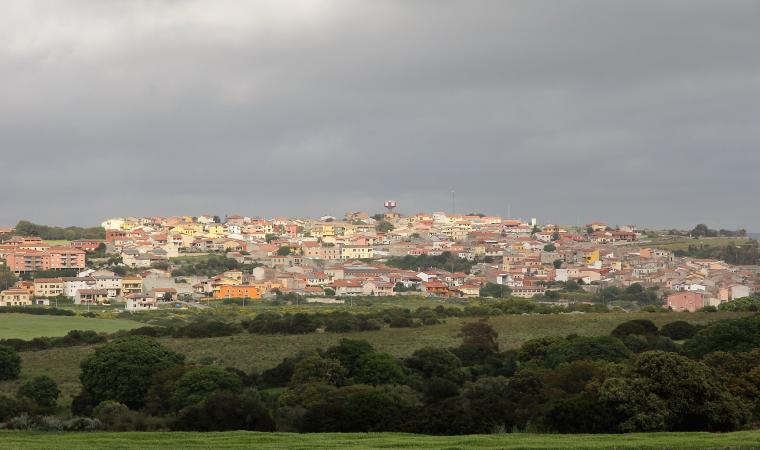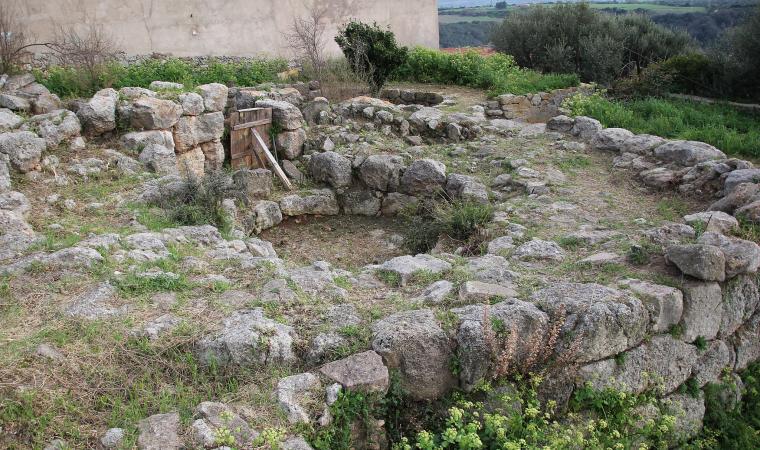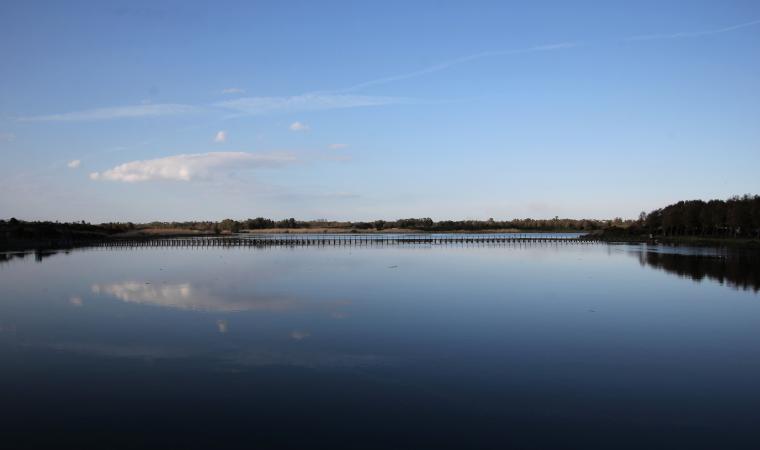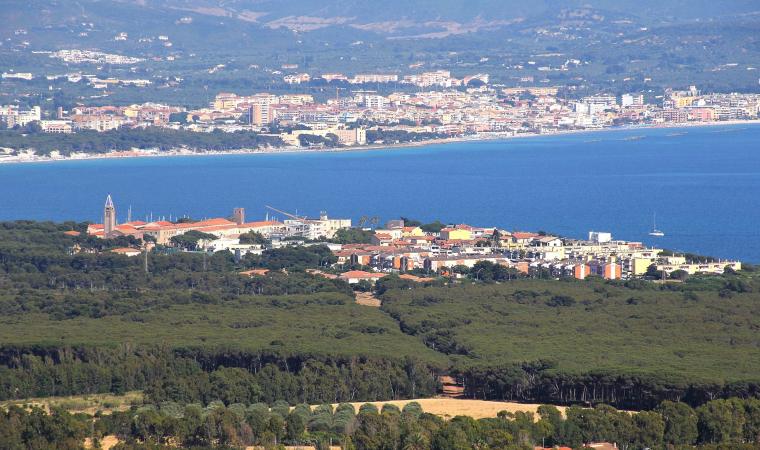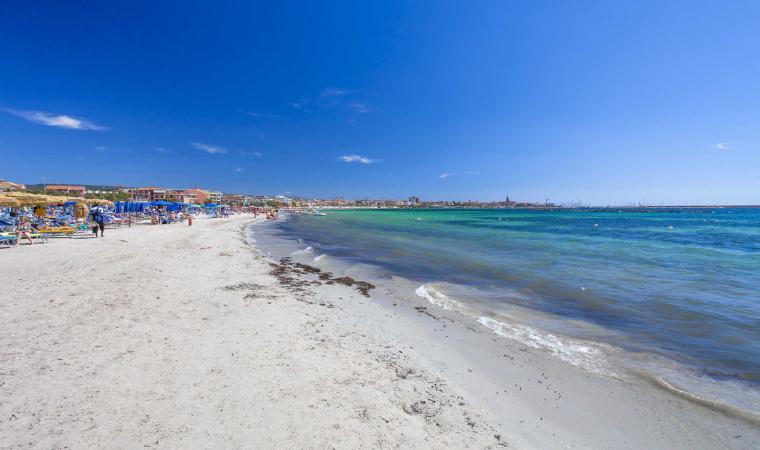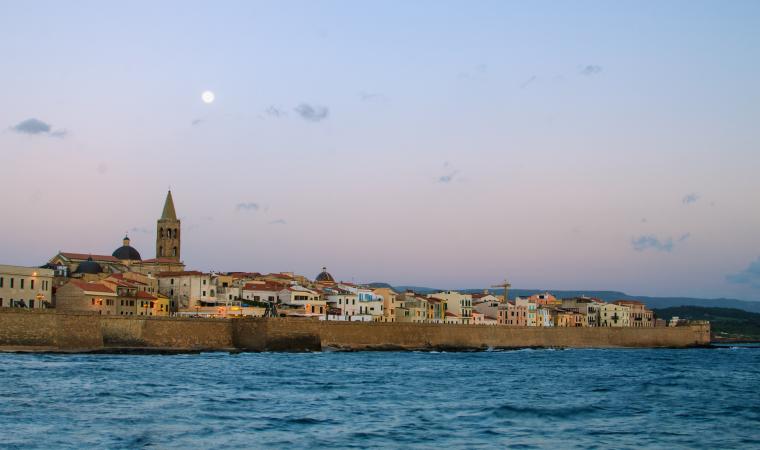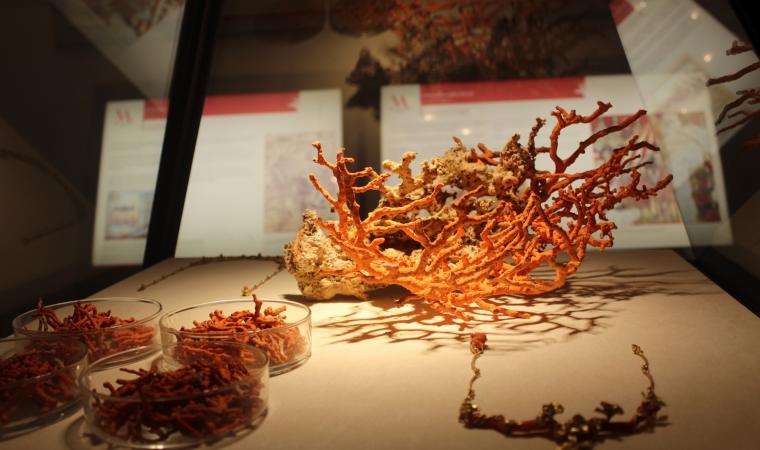Its charm lies in its archaic appearance and the simplicity of its forms, as well as the privilege of becoming the home of a work, every Christmas, unique in Sardinian and with very few other examples in Italy. The Romanesque church of Nostra Signora di Talia stands in the eastern part of Olmedo, overlooking the square of the same name. The name probably comes from the statue of the Madonna d’Italia, found during the 18th century among the ruins of Talia, a village that no longer exists. The church – also known as Nostra Signora di Ulumetu – has features that suggest it was built by Tuscan-Lombard workers, probably in the first decades of the 12th century. The materials used were limestone, reddish tuff and basaltic trachyte.
Thanks to a series of recent restorations, which removed several layers of plaster applied over the centuries, you can now admire the original façade: in the lower part, slightly-carved cornerstones were used, while near the top, squared ashlars were positioned in a more regular way. An architraved portal opens up in the centre, with a relieving rounded arch. The lunette has a fresco depicting the Madonna with Child and the side naves and the sloping roofs are delimited by a row of small arches, which are interrupted on the sides of the façade next to the corner pilasters. In line with the portal, there is also a small cross-shaped opening. Other circular windows open up on the sides and in the apse. The internal layout has three naves, divided by small arches supported by columns decorated with capitals and slab abacuses. The central nave is covered by a wooden roof, while the lateral naves have barrel vaults. The presbytery is raised with respect to the main body of the church and is preceded by two square-shaped pillars.
Every year, from Christmas Day to Epiphany, the church fills with visitors thanks to the spectacular nativity scene inside it. The unusual feature of the nativity scene is that it is made entirely of bread, which is used to shape the landscape and all the sacred characters. You will also see scenes of traditional life, such as cheese-making, fishing and household chores, with houses, farms and nuraghi.
Leaving the town, you will visit the archaeological heritage of Olmeda: the most famous legacy is the fortress of Monte Baranta. There is a pre-Nuragic settlement around a mighty megalithic wall, with an enclosure-tower and huts, while outside there is a sacred area, in which a circle formed by orthostatic slabs and menhirs stands out. Then there are the nuraghi Mannu and Talia, a name that often recurs, dating back to the Bronze Age.

